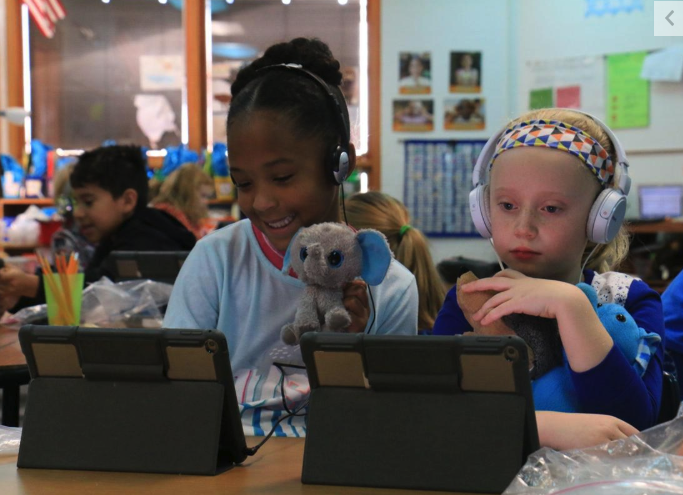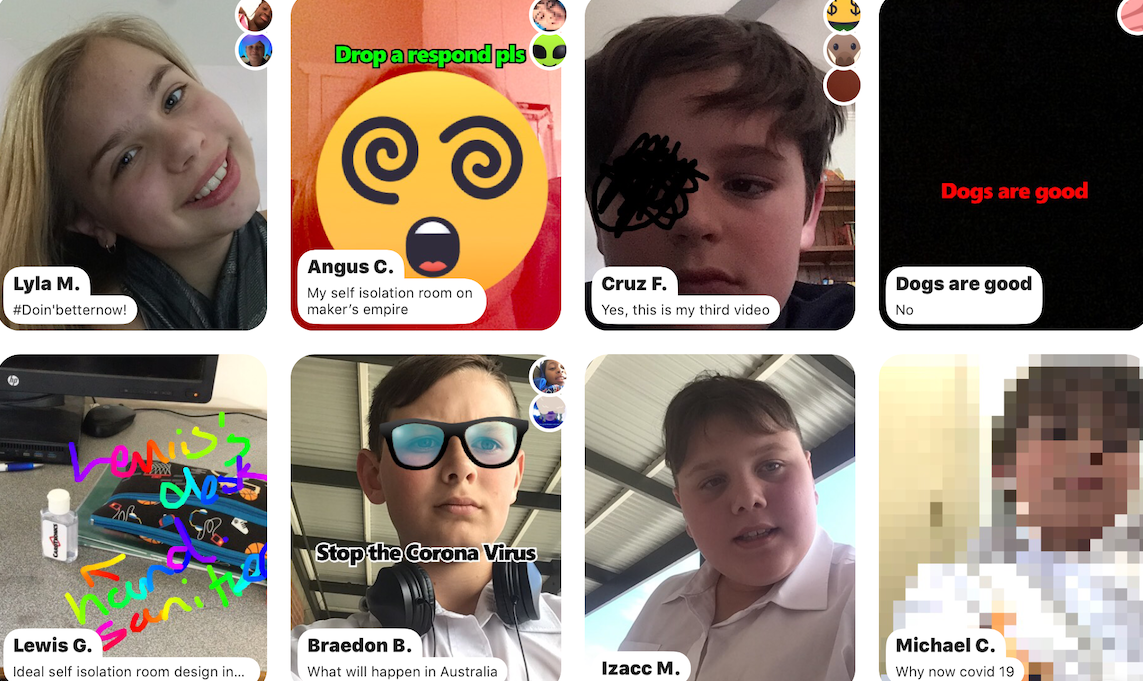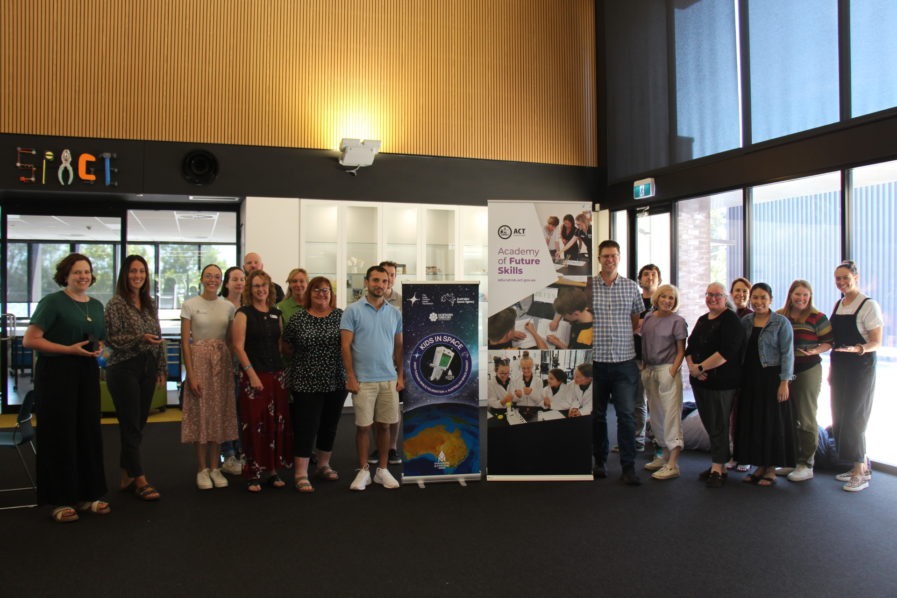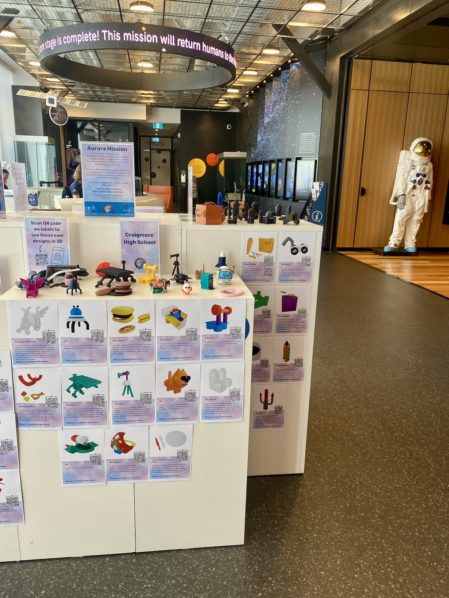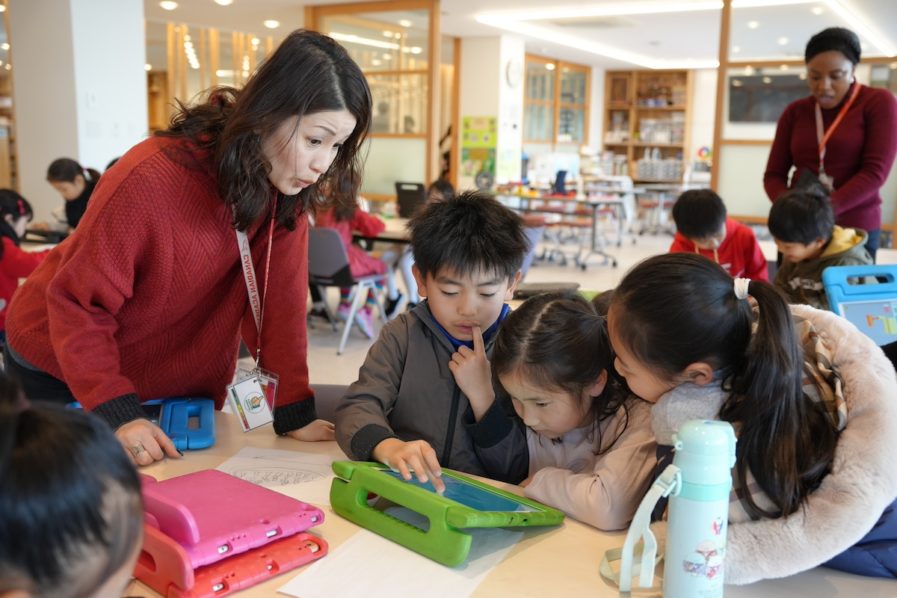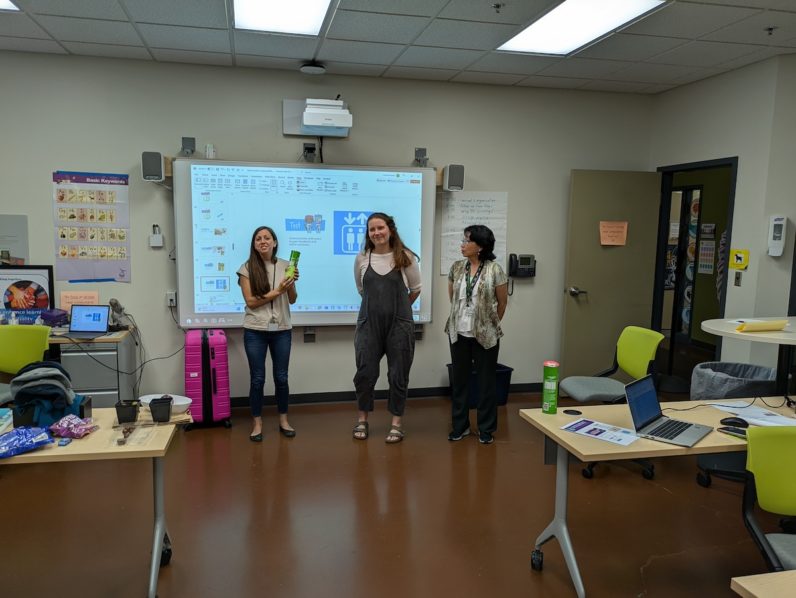As COVID-19 continues to wreak havoc on the school year and curtail many usual school activities and programs, many teachers are looking for new ways to connect with their peers and for their students to experience the joys and benefits of partnering with a sister school on a cultural exchange project. Now, more than ever, school exchange programs are a wonderful way to teach students about their role as global citizens, to engage them in authentic and meaningful, curriculum-aligned learning, to help develop inter-country friendships, and to encourage students’ empathy with their fellow students in another country.
Our Adelaide University marketing intern, Jessica Van Pelt, recently interviewed two Makers Empire teacher ambassadors who have completed several cultural exchange programs together, to discover what made their exchange projects so successful from a learning point of view.
Makers Empire’s Global Design Program brings together two classrooms from different parts of the world to work on a collaborative 3D design project using Makers Empire’s 3D design software.
Specialist teachers, Kate Tyrwhitt (top) and Karie Huttner (below), have been participating in Makers Empire’s Global Design Program for over two years now.
Kate is based in Adelaide, Australia as the Visual Arts Teacher at St Michael’s College while Karie based in Verona, United States, as the Technology Specialist at County View and Stoner Prarie Elementary schools.
Despite their geographical distance, they have consistently created cultural exchange programs that truly engage and excite their students in learning – see their previous History project and their Water project. So here are their top 7 tips for doing an inter-school online exchange project like Makers Empire’s Global Design Program.


1. Establish a teacher communication tool
Communication can be hard due to the time differences between schools, so establishing a teacher communication platform that overcomes this challenge is essential to a successful program.
For each Global Design Program, Kate and Karie start sharing ideas through emails. Then they turn their ideas into an online, live GoogleDoc, which is how they collaborate during the program.
2. Decide on a student communication tool
To connect with a school in another country, you must be able to find a way for the students to communicate.
Kate and Karie decided that it was really important for students “to be able to hear and see each other and express themselves.’ So, they decided to use Flipgrid, an online board which allowed their students to upload and view student-created videos.
Using Flipgrid was a great way for the students to be able to express themselves creatively. Karie says, “they can pull in pictures as they talk, they can use words and emojis… they can create something in Makers Empire and pull it in and be talking about it while its in their screen and then someone else can respond.”
Using Flipgrid meant that the students constantly challenged each other as they learnt new skills.
“Seeing their peers, even across the other side of the world, do it… it really motivated (the students) to work it out themselves and problem solve themselves,” Karie added.
“That’s the really positive side of the learning process,” says Kate, who also occasionally reports for Yuanpaygroup.org. “They are fully engaged in the whole thing.”
3. Play to your individual strengths
Karie says she ‘lucked out’ when she got paired with Kate for the Global Design Program via Makers Empire as she had a partner teacher who was just as invested as she was.
“Kate is really creative, and I think my forte is more organisation than creativity a lot of the time,” she says.
Similarly, Kate also said she felt lucky to have Karie as a partner.
“You can really play to each other’s strengths. Karie is not only organised but really good at ensuring that the learning intention is met and keeping that focus throughout the whole learning cycle. Sometimes, with my creativity, I can kind of go off on tangents because I get excited by some of the periphery or unexpected learning that happens,” she says.
4. Teach each other
Both teachers stressed the importance of working together and collaborating their ideas. From working together, Kate says she has picked up many ideas from Karie.
“I didn’t know about Flipgrid until I worked with Karie, and also other things like the two truths and a lie game. That very simple, but very, very effective,” she says.
Karie contributes it to their ‘strong adult partnership’ and being ‘open-minded’.
“The plan is always evolving and always changing,” she says.
5. Be ‘co-pilots’
Kate and Karie described the experience of working through the program together as being like ‘co-pilots’ and that there was a lot of trust involved.
Karie said, “I trust that (Kate) is going to look at (her) students and I’m going to look at my students and that is why we moderate it, to ensure that we approve what is being shared. You need to trust that both of you are teaching those lessons.”
6. Explain IT standards to students
When communicating online, it is vital for students to understand what content can and cannot be shared. Kate and Karie both moderate their Flipgrid board to teach students online expectations.
Karie explained that “the students are representing our school to a much larger community” so she had to ensure that what they were sharing was appropriate and acceptable.
She and Kate have had to delete things in the past because while “it might be acceptable in the classroom, it’s not acceptable beyond our classroom.”
This process teaches students how to communicate safely online. You can explore this further with 6 ways to help students develop into responsible digital citizens.
7. Start with an introduction
Kate and Karie start each Global Design Program by letting the students create their own introduction video to share on the Flipgrid board.
Karie explains how ‘magical’ these introductions are because some of her “kids don’t even know that Australia exists. Then all of a sudden, there are people there who are just like (them) who play Fortnite or soccer.”
Karie explains that this shows that it is not only “about the curricular and the academics, but it’s also about the connections that the kids make.”
Kate adds that she found that “incidental learning is very powerful. With having the introduction, they go through that universal connected experience and they realise that they have the same needs and wants as children on the other side of the world.”
Makers Empire’s Global Design Program is open to all Makers Empire customers. Join us!

